Uncategorized
-
 Chemistry
ChemistryZinc-air batteries are typically single-use. A new design could change that
Swapping out the electrolyte in zinc-air batteries helps these next-gen power sources last longer.
-
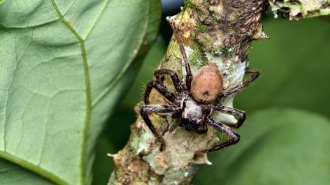 Animals
AnimalsThese spiders may sew leaves into fake shelters to lure frogs to their doom
Madagascar’s huntsman spiders use silk to turn two leaves into a cool hollow. Such microhabitats may appeal to the spiders’ prey, a study suggests.
By Jake Buehler -
 Climate
ClimateWhat the pandemic can teach us about ways to reduce air pollution
Data collected during COVID-19 shutdowns may help tease out the complicated chemistry that brews poor air quality.
-

These are the most-read Science News stories of 2020
From 'murder hornets' to the physics of Notre Dame's construction, Science News online readers had a wide variety of favorite stories on our website.
-
 Science & Society
Science & Society2020’s science superlatives include the oldest, highest and grossest discoveries
From the earliest modern bird to the highest-temperature superconductor, science set plenty of records in 2020.
-
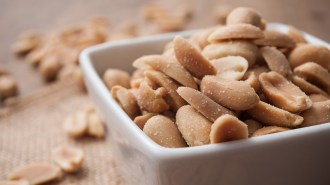 Health & Medicine
Health & MedicineAgainst all odds, 2020 featured some good health news
Good health news in 2020 included a first treatment for peanut allergies, a rare self-cure for HIV, and an Ebola outbreak ends.
-
 Space
SpaceHere are the highlights from a busy year in space launches
Satellites, Mars rovers and astronauts launched into space in 2020.
-
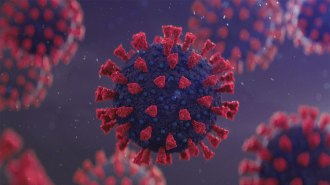 Science & Society
Science & SocietyThe science stories that defined 2020: coronavirus, diversity movements and more
While this year was all about the coronavirus pandemic, climate change effects continued, diversity movements were born and research carried on.
-
 Earth
EarthPlastic drinking water pipes exposed to high heat can leak hazardous chemicals
Lab tests exposing commonly used water pipes to wildfire-like heat show damaged pipes can leach the carcinogen benzene and other chemicals.
By Megan Sever -
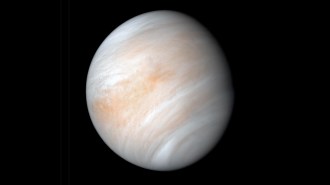 Science & Society
Science & SocietyThese science claims from 2020 could be big news if confirmed
Scientific findings reported this year that still need more proof include potential signs of life on Venus and Earth’s oldest parasites.
-
 Space
SpaceHow future spacecraft might handle tricky landings on Venus or Europa
Scientists are getting inventive with ways to touch down on these worlds, where landers will face obstacles not seen elsewhere in the solar system.
-
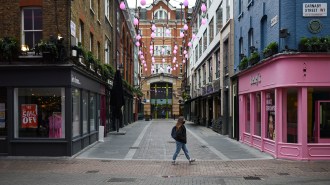 Health & Medicine
Health & MedicineThe new U.K. coronavirus variant is concerning. But don’t freak out
A new version of the coronavirus may be better at spreading from person to person, but there’s still a lot scientists don’t know.